In which our intrepid explorers stumble across a pair of CS-80s in a barn deep in the Midlands, and one is woken up after nearly 30 years…
All photos in this article are of the two synths that will be for auction; these are the tip of the photo/video dump iceberg to give you a basic idea. The auctions are now running – see the listings and full photosets:
“It was the best of times, it was the worst of times, it was the age of wisdom, it was the age of foolishness, it was the epoch of belief, it was the epoch of incredulity…”
But enough about 2022. The Yamaha CS-80 is one of the most revered, sought after and – from a technical perspective, crazy – synths ever made. Opening one up and peering inside feels like the synth equivalent of Howard Carter seeing King Tut’s tomb, or the end of a disaster movie where the protagonist has to defuse a fiendish ticking timebomb: they are insanely complex beasts with inch thick wiring looms and a bewildering array of boards, components and synthy gubbins (should anyone be wondering, I feel I should point out here that I am not a technician).
SYNTHS OF WRATH
They have been steadily climbing in value for some years, though the last couple of years has seen vintage synthflation reach alarming levels, which are out of all proportion to good sense. In many cases, one can understand why revered synths such as Moog Modulars, Roland System 700s (and even Jupiter 8s) have increased in value – they are iconic, in short supply, sound fantastic and can be serviced by a competent synth technician. The larger Yamaha CS series synths qualify on this basis, though unlike the aforementioned others, they contain unobtanium proprietary Yamaha chips that, when they fail, can only be obtained by sacrificing another expensive and rare vintage Yamaha synth (for those curious to see this rare silicon, the shot below is the two YM266 ICs in one of the CS-80s).
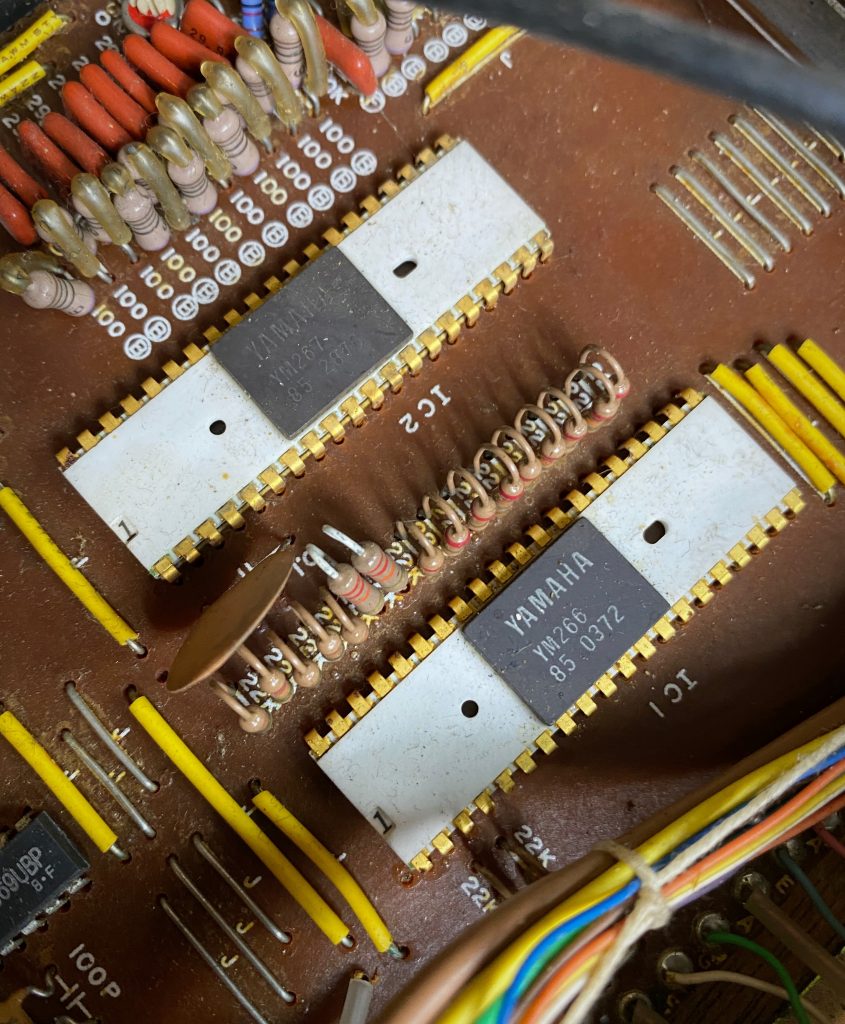
LORD OF THE SYNTHS
And then there’s the CS-80, which adds to that a servicing mountain of Himalayan proportions that must be climbed if one is to achieve some semblance of an instrument that functions as the Yamaha designers intended. As the years roll on, even relatively simple vintage synths such as Roland’s Juno series, are presenting with increasing numbers of faults and failed components that were almost unheard of a decade or two ago. The CS-80 is in another league entirely and it is my opinion that asking prices are soaring out of all proportion to the reality of what owning and maintaining one of these incredible synths entails. It’s the synth equivalent of owning a vintage Ferrari – sounds wonderful and is a thing of great beauty and joy to use, but painful and expensive when it goes wrong.
WUTHERING SYNTHS
Prices for those listed on Reverb lately have become truly insane, even by that site’s feverishly overheated standards – we’ve seen six figure asks from private sellers for unserviced examples that I hope nobody actually bought. Dealer prices for examples freshly overhauled by a competent tech are routinely heading towards the £50k mark, which still seems a lot to me, but at least the buyer can expect a synth that works.
We are still dealing with the hangover of over-enthusiastically selling four CS-80s last year: and the extended pain of overhauling them to head tech, James Walker’s exacting standards. Our synth queue is just starting to recover so we are taking a break from servicing CS-80s for the foreseeable future. Thankfully for the synth community in the UK, Kent Spong is still in business and keeping these monsters performing.
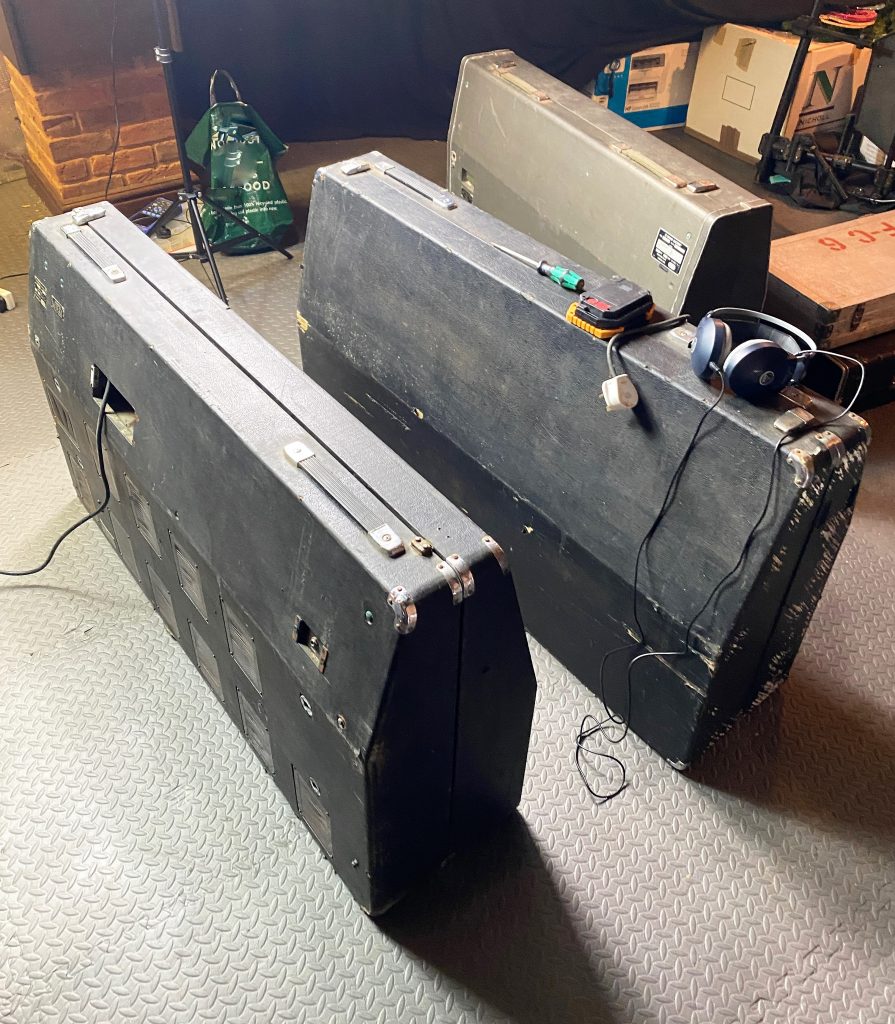
GREAT EXPECTATIONS
When I received a call from a gentleman with not one, but two CS-80s to sell, I made it very clear that of course we’d be happy to help, but on the condition that we sell them as found, rather than serviced! It was a bonus that they were located within an hour of Soundgas HQ. We don’t get out often so head synth tech James Walker and I booked a day out and ventured forth excited by the prospect of seeing two CS-80s in the same place (that are not on, or destined for, James’ bench!).
The original owner was sponsored by Yamaha back in the seventies and was a big CS-80 user: and of course given what we know about these complex synths, if you’re going to gig them you need (at least) one spare… They’d been dry stored and left untouched for the best part of a couple of decades. From the outside, both looked less than pristine but we set up some lights in the chilly studio live room and prepared to open the first one.
WAR AND PIECES
Which was something of a shock: while the exterior had indicated that we weren’t dealing with an untouched museum piece (it’s on the right in the shot above and was the owner’s main workhorse for gigging so had seen some serious action), it turned out to be a very long way from ok internally – evidence of historic damp/moisture was everywhere from the lining of the case lid to oxidation of the metalwork and verdigris on the slider shafts – many sliders were reluctant to move and it was immediately apparent that this synth was a long way from functional (and firing it up was unlikely to be a wise move). This was a blow as we’d journeyed expecting to find a couple of basically functioning synths in saleable condition.
As you’ll see in the video above, my disappointment swiftly turned to excitement at the sense of discovery – here was the synth equivalent of a classic car barn find. There’s a grim fascination seeing this level of decay and disrepair of a once beautiful and revered legend. We dived in, opening up the synth to discover new horrors lurking within. I took many, many photos to document the synth in as-found condition and James was talking us through the faults and possible issues as we went. As you’ll see from the interior shot below, it rapidly became clear that we need not go further with testing/checking beyond taking photos of the physical condition.
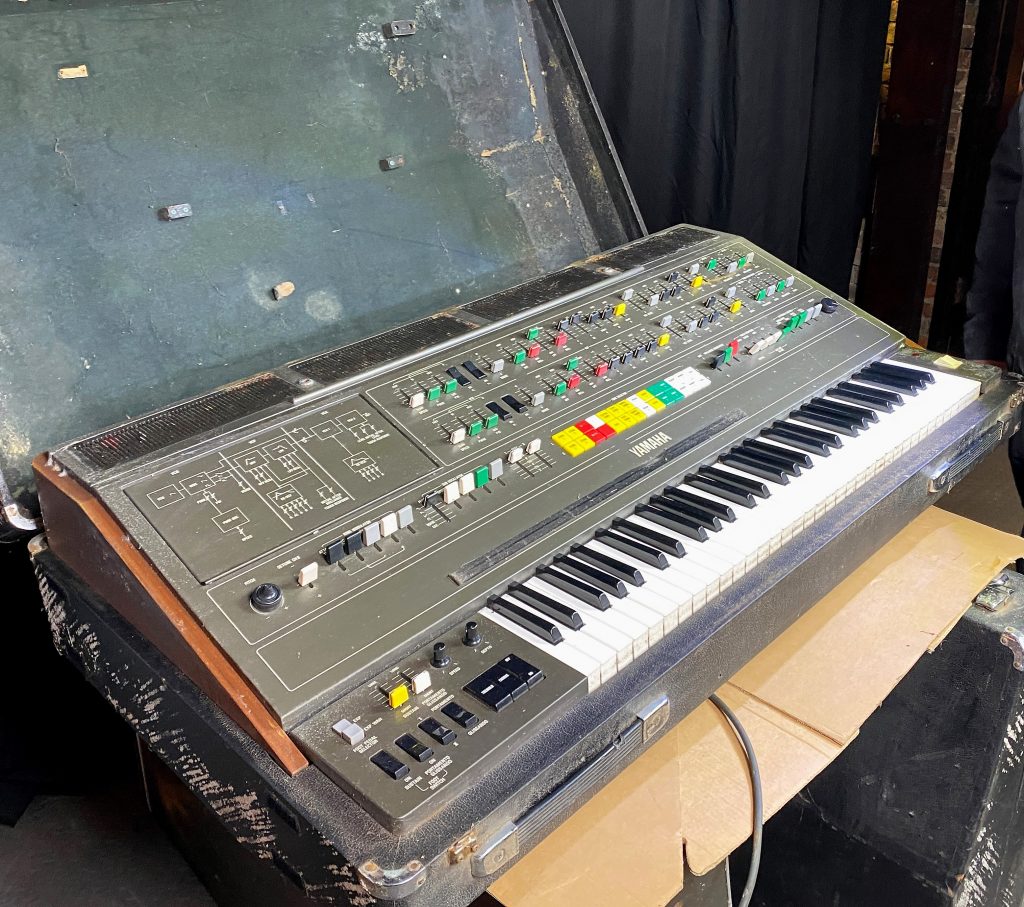
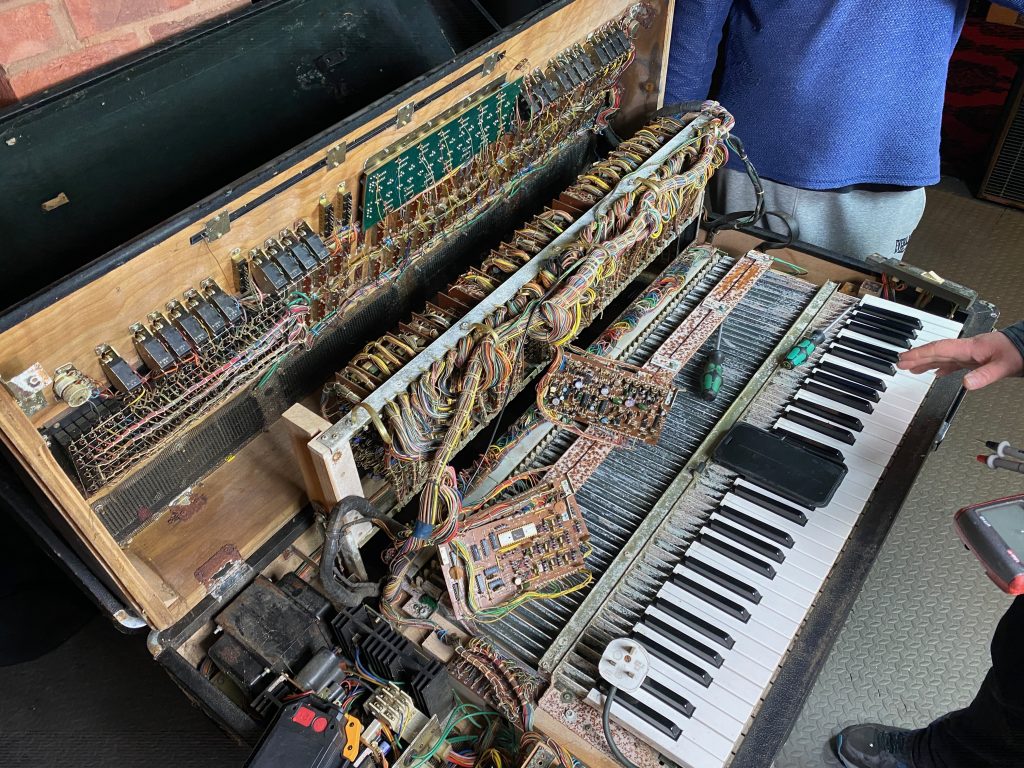
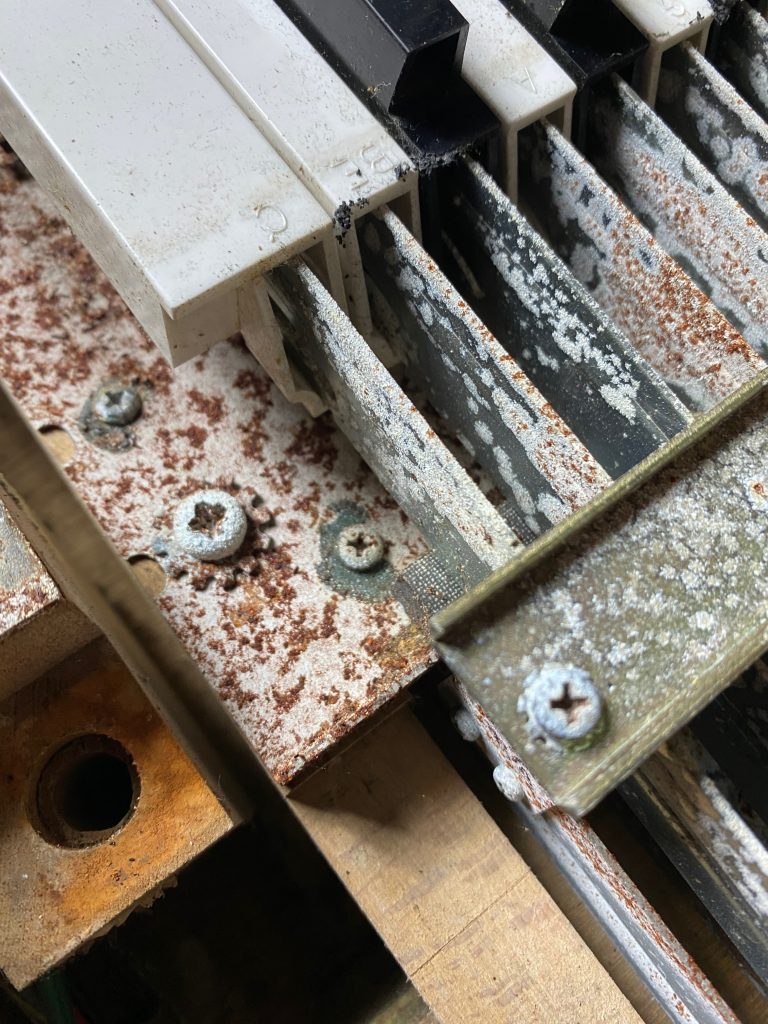
ONE HUNDRED YEARS OF SOLITUDE
This is a restoration that goes beyond what is currently sensible or economic from a commercial perspective – it’s for someone who will take time and probably lavish many years into bringing it back from the brink. At least while this is happening, CS-80 prices are likely to continue rising (and maybe someone will eventually remanufacture the proprietary chips). A labour of love or mid life crisis project, or just something to sit on and restore in a few years. It may end up as a parts donor, though that would be sad for a once great synth such as this.
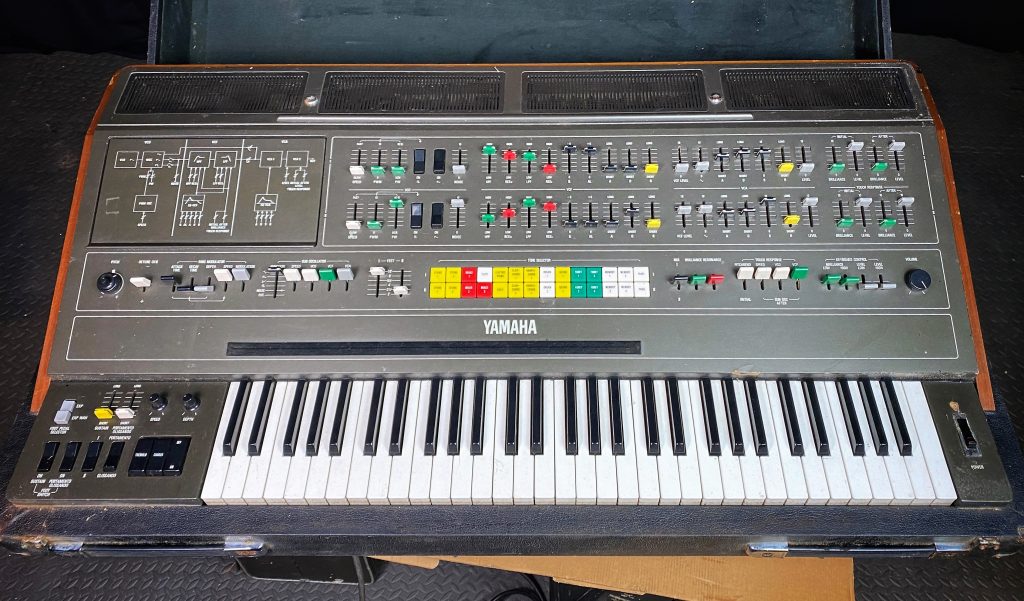
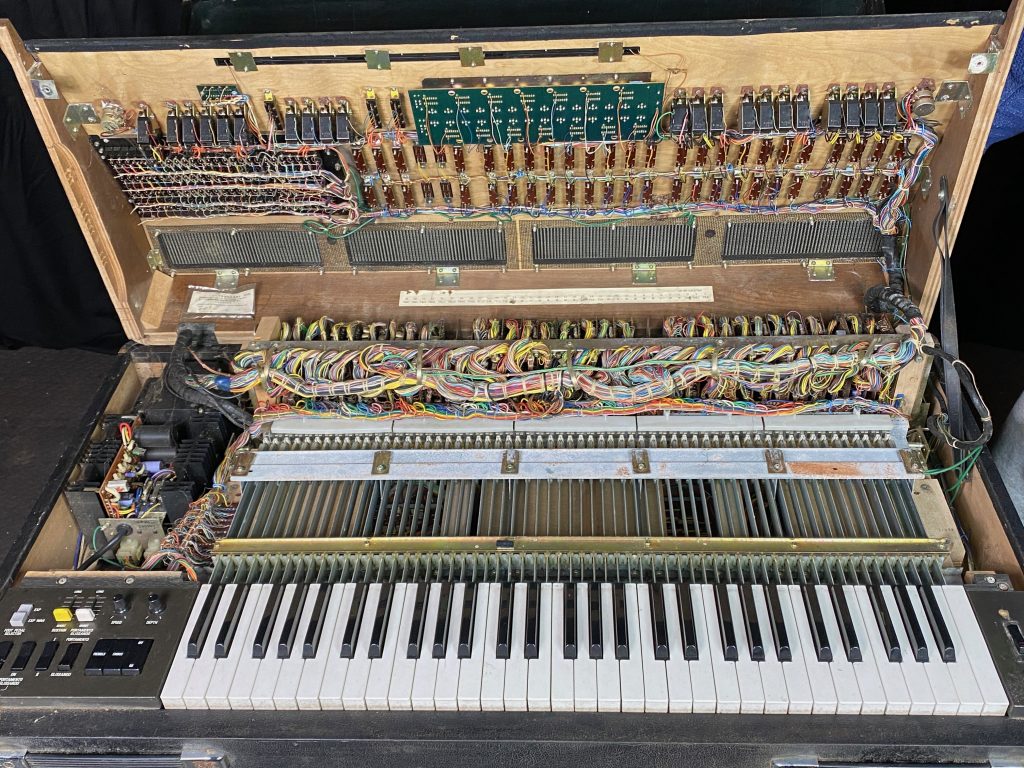
After documenting the first CS, we moved onto the second (pictured above) – the one that had been kept as a backup unit. While they’ve both been stored in the same place for the past twenty years or so, that this one was happily in far superior condition was immediately apparent with minimal evidence of damp, corrosion or sticky sliders. As James worked through it he grew more confident that this one could be fired up – first isolating the power supply to avoid risk of damaging any components should that fail. This was a pass, so we moved onto the next phase of testing, first asking the owner if they were happy for us to do so – while there was only a minimal risk of causing damage, James felt we needed to get the OK. Again it passed and soon there were noises happening – at first with a fair few faults but as the synth warmed up and dormant circuits/keys/sliders/switches came back to life many disappeared. The video below follows James go through that process, testing and isolating faults section-by-section while casually recalling the entire signal path of the synth from memory…
ZEN AND THE ART OF SYNTHESIZER MAINTENANCE
Naturally a CS-80 that’s been left for a couple of decades was not going to be perfect and some faults and issues were noted by James as he continued testing, but it was functional and certainly a candidate for the more usual level of servicing and calibration to bring it back to fully functional condition. I breathed a sigh of relief – our synth safari had not only yielded a saleable CS-80, but also its compelling companion: I think I may be more intrigued to see how the barn find fares at auction than the operational example.
We also unearthed a Yamaha YC45D (pictured below) that appeared to be in reasonable order, a Godwin String Concert in barn find condition, a Logan String-Orchestra, and a Yamaha DX-7 Mk1. There’s a flightcased HX1 organ which we may include in a future sale.
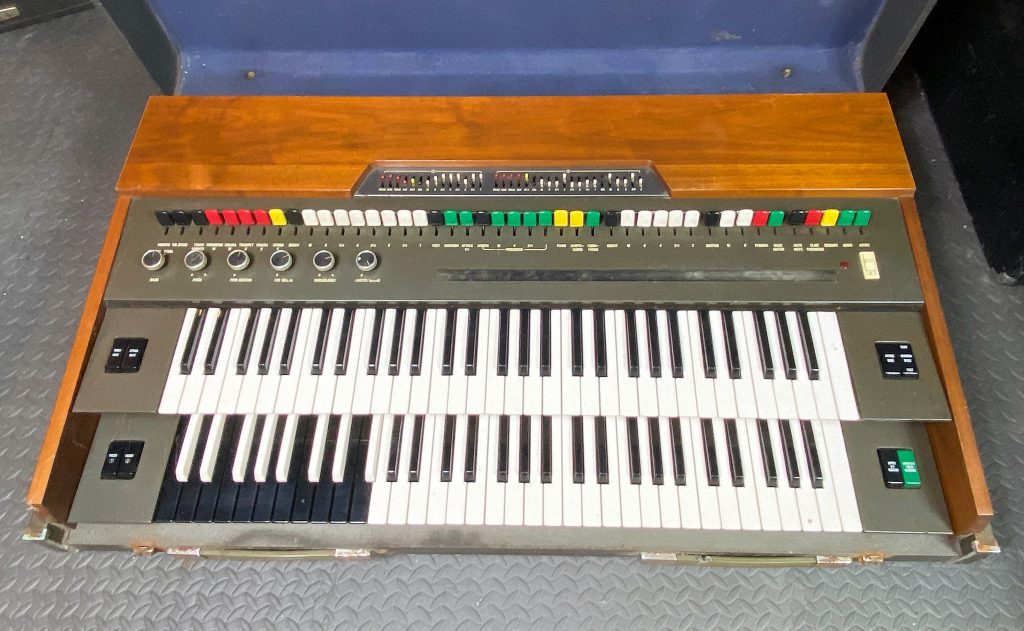
AUCTION INFO
The two CS-80s are now for sale by auction on our website. Auctions run from Friday 2nd December 2022 and running until around 8pm (GMT) on Tuesday 23th December. Head to the pages below for full photosets and information.
CS-80 Number 1 – “Barn Find” – this is a regular auction (you only need to register on our site to bid).
CS-80 Number 2 – the auction for the ‘good’ CS-80 is a private auction with access for pre-authorised bidders.
Information about this and future auctions will be sent out to our mailing list prior to the start date. You can sign up at the bottom of the page here, or read the latest one and sign up via our instagram bio.

